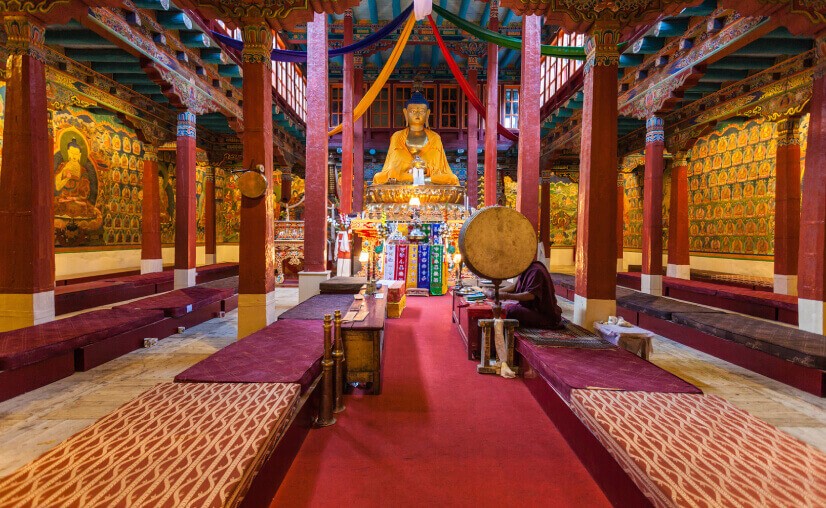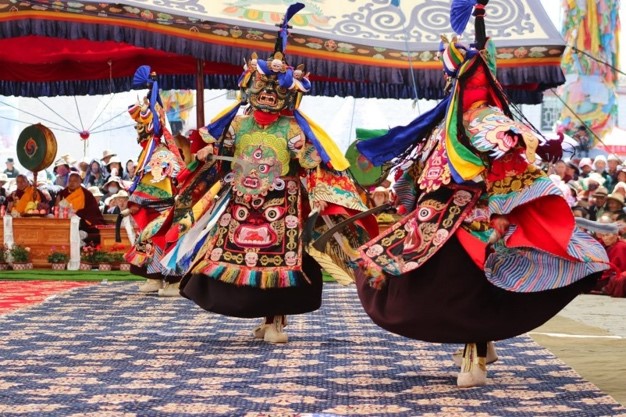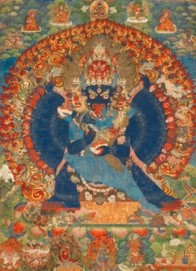Free Courses Sale ends Soon, Get It Now


Free Courses Sale ends Soon, Get It Now



Disclaimer: Copyright infringement not intended.
Context
About Hemis Monastery
About Hemis Festival of Ladakh
Highlights of Hemis Festival
Cham Dance

Unfurling of Thangkas (Buddhist paintings)

|
PRACTICE QUESTION Q) How many of the following statements with reference to Hemis festival is/are correct? a. It marks the birth of Naropa, the founding father of the Kagyu-lineage of the Himalayan esoteric Buddhism. b. A thangka is a Tibetan Buddhist painting on cotton usually depicting a Buddhist deity. c. Cham dance has a religious meaning, therefore, only monks and lamas can perform it.
Correct Answer: 3 |
© 2024 iasgyan. All right reserved